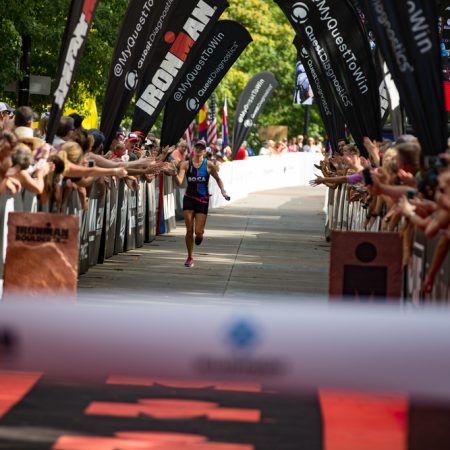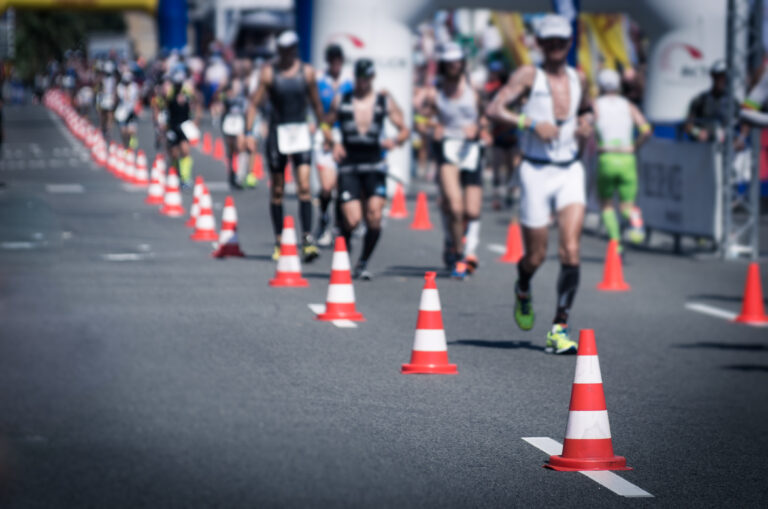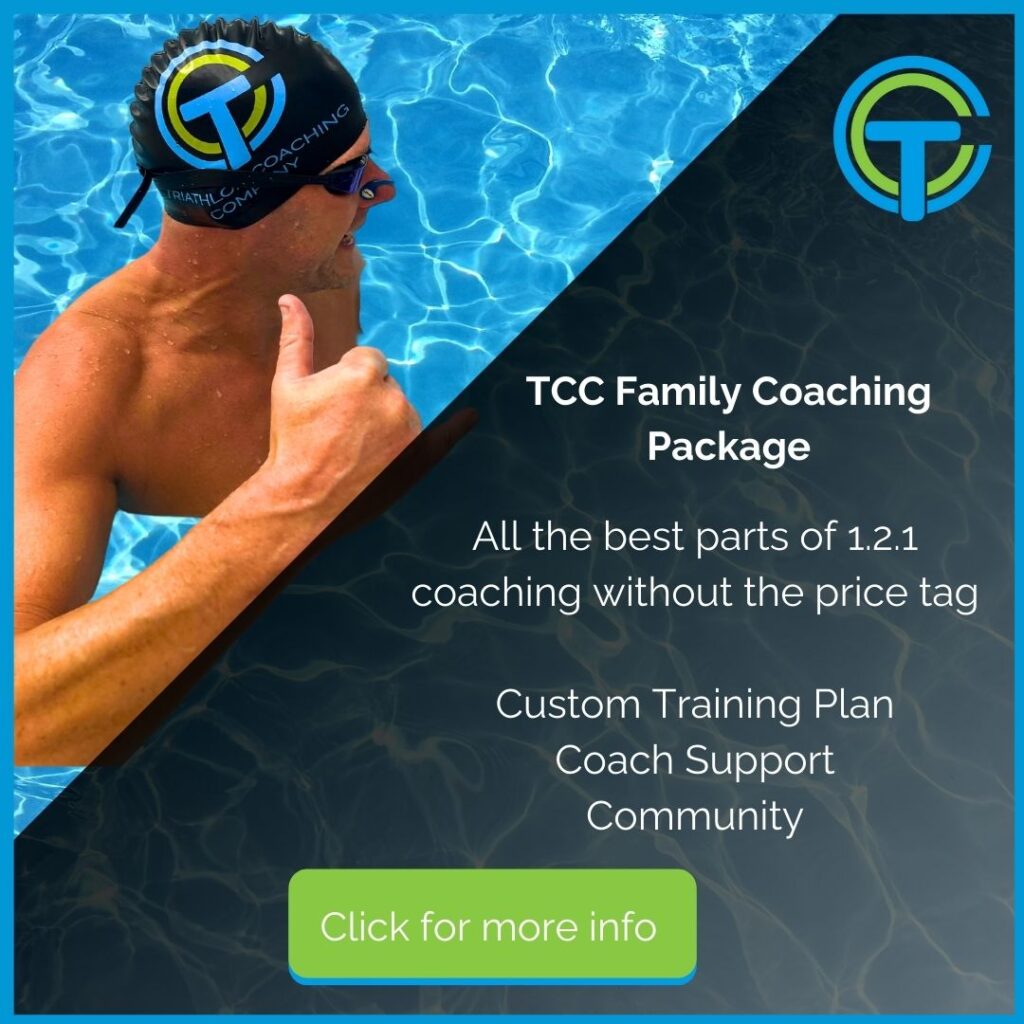Training for an Ironman Running
In this article we look at how you can train for the Ironman run and what strategies you can use to ensure you can cover the distance and not get injured.
Training for Ironman can be a daunting prospect, so we’ve put together a how-to guide for the run to get you on the right track to make your first Ironman triathlon as fun and straightforward as possible.
What is an Ironman?
An Ironman triathlon (also known as full distance, 226 triathlon or 140.6 if your old school like us) consists of a 3.8km swim, 180km cycle and 42.2km run. These are completed one after the other, with athletes finishing between 8 (pro’s) hours and 17 (cut off time) hours. The training for this type of event will take some dedication and consists of multiple months of training, with most athletes training six days a week on average with multiple sessions on some days. As you can imagine with the distances and times involved, a good portion of this training will include lots of time swimming, cycling and running, and one of the key sessions for any aspiring Ironman athlete is their long swim, bike and run, which can be up to 6 hours at a time for cycling, which can be a logistical nightmare for a self-coached beginner athlete.

Taking on an Ironman triathlon isn’t always an easy decision and having a well thought out, and structured training plan will make things much easier to fit in around your normal already hectic schedule. Plus, following a training plan has been shown to improve your success rate up to 2x that of an athlete who doesn’t.
Training for the run
Athletes we usually see here at TCC are either complete beginners (‘I only run if I’m being chased’ – one of our athletes’ comments before signing up with us and smashing their first Ironman 70.3) or regular runners looking for more variety or challenges. In both cases, our crucial piece of advice is you are training for a triathlon, not a running race, so your training needs to reflect that. What we mean by this is you don’t have to run a lot to be able to complete an Ironman. In fact, running a lot is quite likely a quick route to burnout or injury due to the impact and training stress created by running.
With that said, you should aim to run 2-3 times a week, aiming to build up your long run to approx. 2:30 (you won’t need any more than this, and to be fair, running for longer will increase the risk of injury, especially when coupled with all the other training you are doing), you should also include one run per week that focuses on your ability to run off the bike, remember your training for a triathlon. You will need to run after cycling 112 miles on race day, so the more you can get your body used to the feeling of running after cycling, the better (to a point!). Aim for the following:
- Long run – Start out small and add 5% per week to your time, aiming to keep your pace at a level where you can still hold an entire conversation (around 2-4 out of 10 effort), treat these runs as time on your feet and don’t get too worried about pace. Focus on running well and feeling good throughout. A good strategy would be to practice run/walk efforts (which can be maintained for race day, too). Try running for 9 minutes and walking for one throughout the whole of your runs. This is an excellent easy to remember cycle, and plus if you average 10-minute miles over this, you will typically reach an aid station during your walking sections.
- Run-off (sometimes called brick sessions) – These sessions don’t need to be too long. Anything between 15 minutes and 45 can help (use shorter runs after the long or intense bikes and the longer ones after the easy bike). The focus on these should be finding your race pace/effort as soon as possible and getting used to running on fatigued legs.
- Technique and interval session – We like to include some intervals within our run training to push our fitness a bit further and to help develop a better pace awareness. However, if you are finding it hard to recover, dial back the intensity of these sessions. Try some short hill intervals or longer flatter intervals similar to those included in the cycling section above. Use these sessions to focus on your running technique, too (during your warmup and cool down is an excellent point for these). One of our favourites is silent running. Aim to run for 30 seconds as quietly as you can without slowing down, speeding up or changing your form too much. Done regularly, you will naturally become more aware of how you run and what works well for you.
As you can see your training doesn’t need to be too complex, you will need to spend some time putting together a clear plan and ensure that you factor in the other sessions for swim and biking, along with planning recovery time and making sure you are consistently improving. This is where a coach can help, or if you are not ready or can’t afford a coach a well built and supported training plan can be the next best thing. Take a look at our plans here! All of our plans come with full coach email support so you are not completely alone when training. We always want to look after our athletes!




